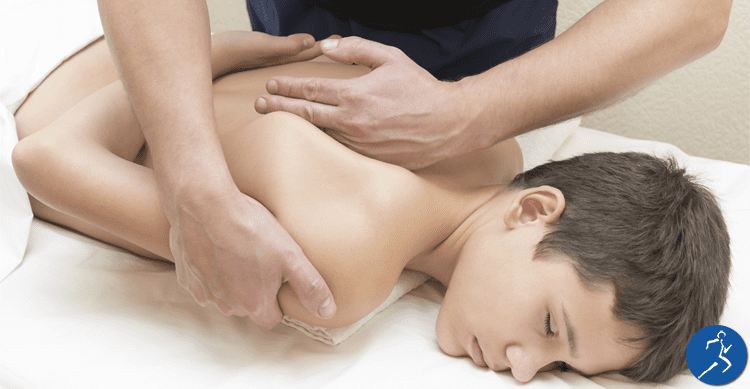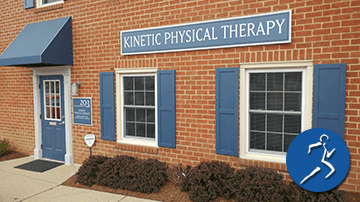When we call someone “double-jointed” or notice that they have loose joints with an above-average range of motion, we see hypermobility in their joints. For most people, it’s not a problem. But for others, it can cause unpleasant symptoms. Let’s take a look at some issues and solutions for those with hypermobility.
What Causes Joint Hypermobility?
Joint hypermobility is the result of weaker collagen and connective tissue. Collagen is a type of protein that runs throughout the body. If collagen is not as strong as it should be, tissues will be weak, and joints may become loose and stretchy. Joint Hypermobility is often passed down and runs in families.
Additional causes may include: the shape of a person’s bone ends, weak muscle tone, sense of awareness of joint movement. Several more serious syndromes are associated with this condition.
What Joints are Affected Most from Joint Hypermobility?
Most hypermobility affects the fingers, wrists, elbows, shoulders, and knees. Children are particularly vulnerable since their connective tissues are still developing.
Problems with Joint Hypermobility
In certain professions, hypermobility may be a benefit. Dancers and athletes may welcome the added flexibility. Others may suffer symptoms to include:
• Stiffness and pain in the joints and corresponding muscles
• Recurrent sprains and other injuries
• Joints that click
• Tiredness and extreme fatigue
• Problems with the digestive system
• Problems with the nervous system
Self-Care for Those with Joint Hypermobility
If a person is not showing any symptoms and doesn’t have any problems as a result of joint hypermobility, they should still pay attention to some self-care that can easily be done at home. Maintain a generally healthy lifestyle, which includes having a healthy diet and staying at a healthy weight. Have good sleep hygiene and good habits around going to sleep at night. Stay away from high-impact exercises and use low-impact moves to keep in shape without putting a strain on your joints.
Treatment for Joint Hypermobility
Not everyone that has this condition suffers from these symptoms. Those that do often benefit from controlled exercise, done under the supervision of a physical therapist. Because they are at increased risk of dislocations, sprains, and other injuries, short term injuries may need to be treated as they occur, in conjunction with working with a physical therapist to develop a long-range treatment plan.
At times, a doctor will prescribe pain medication when the pain is very intense. This may allow the person to participate more fully in the physical therapy regimen.
What Can a Physical Therapist Do to Treat Joint Hypermobility?
A Physical Therapist can help a person with Joint Hypermobility in many ways. Physical Therapy can help to reduce the amount of pain, improve fitness level and muscle strength, correct the movement of the individual joints, and improve the posture.
There is a wide range of techniques that may be used in physical therapy. The physical therapist will most likely prescribe an exercise program, including balance and strength training. The patient will learn stretching techniques that will help to prevent injury.
We are knowledgeable about Joint Hypermobility at Kinetic Physical Therapy. If you, or someone you know, are having issues with Joint Hypermobility, contact us today, and we can develop a joint strengthening program for you.




Leave a Reply
You must be logged in to post a comment.